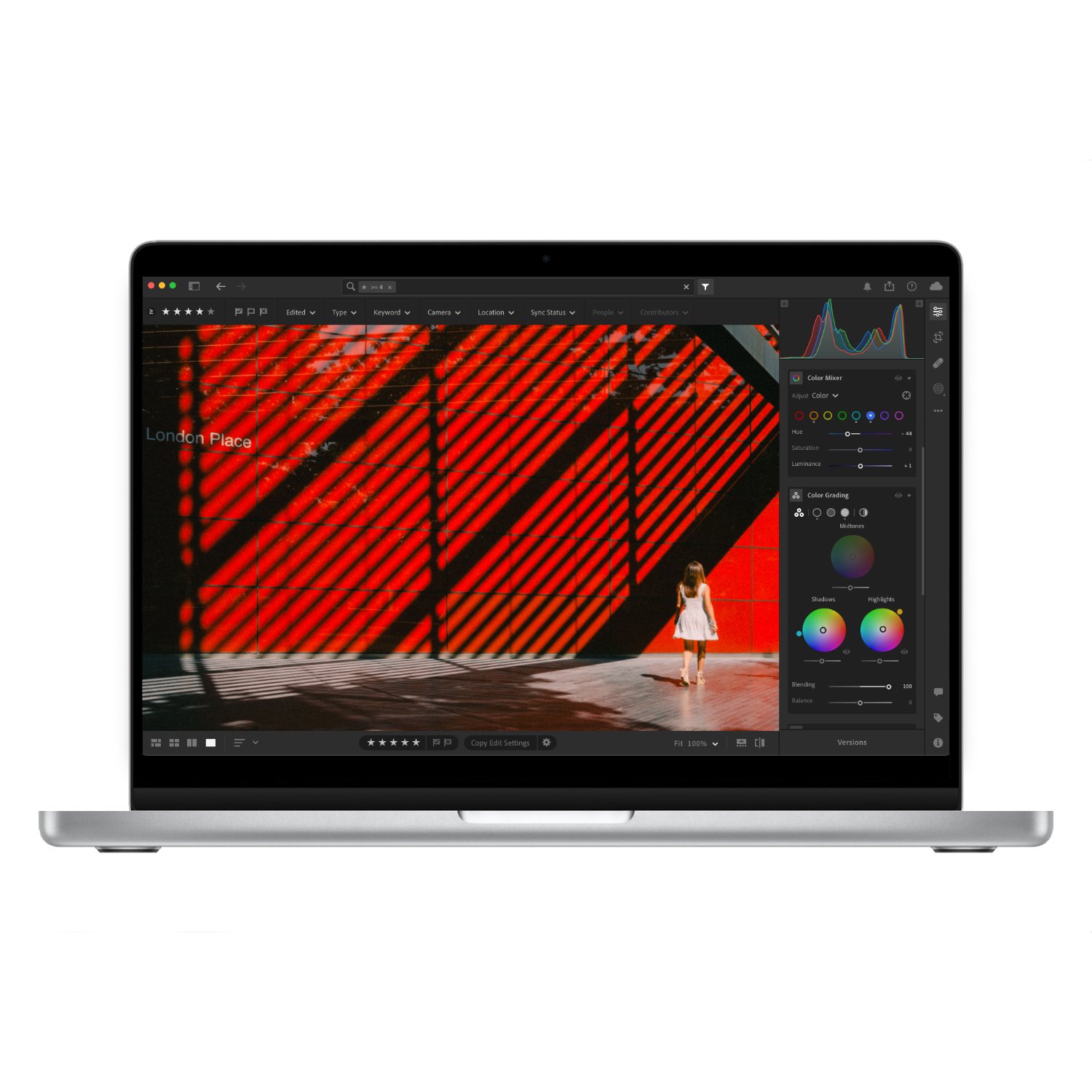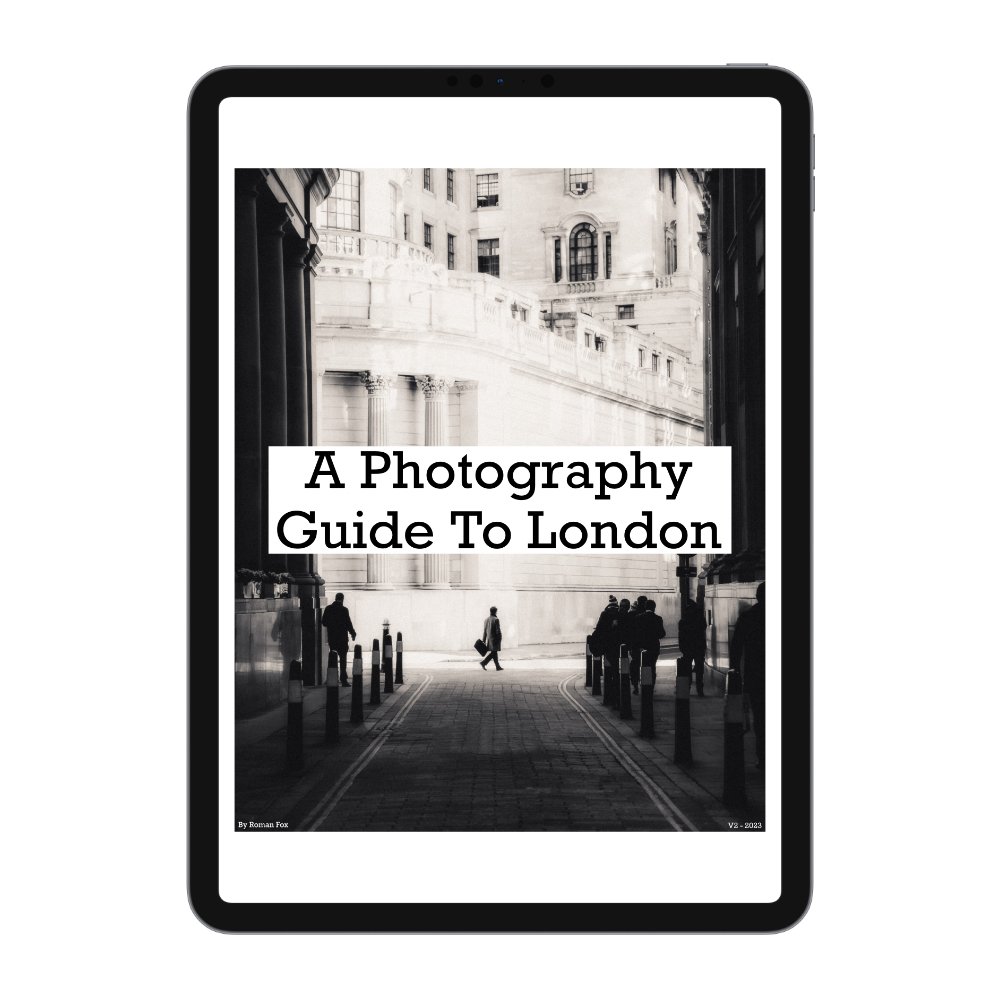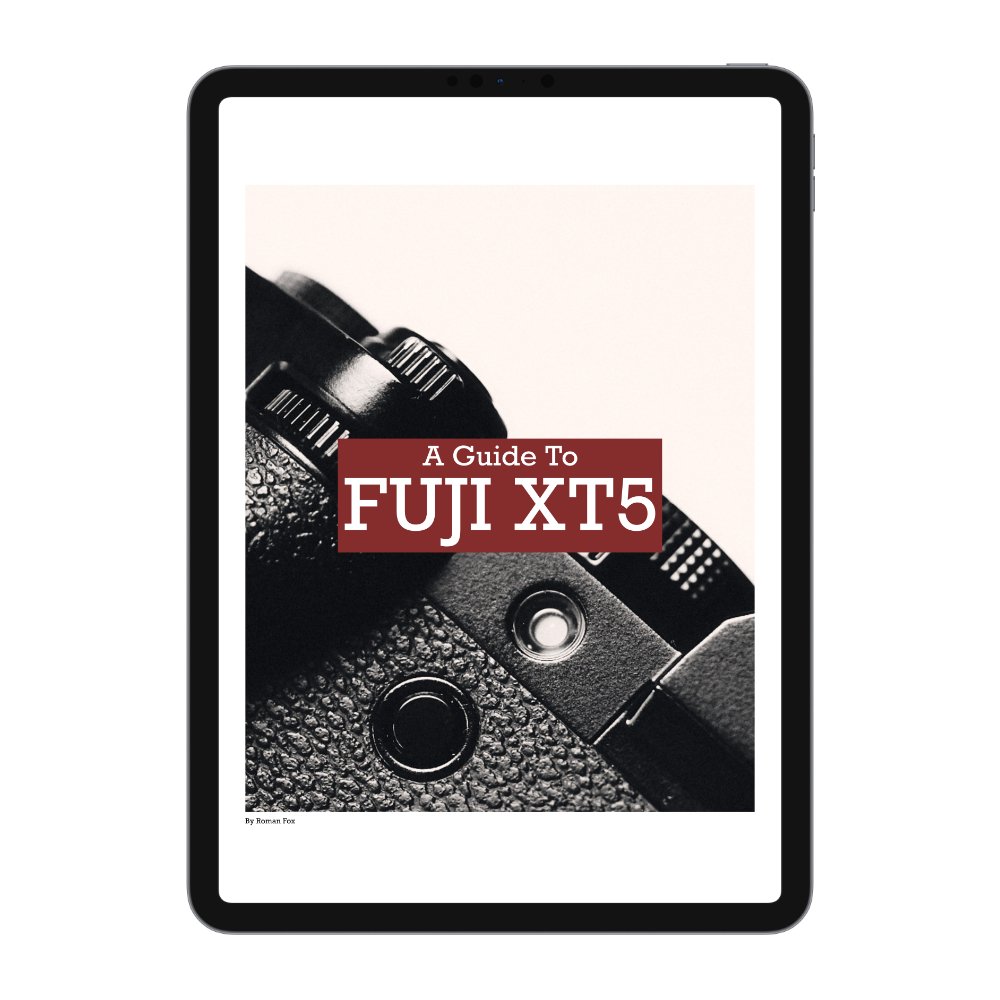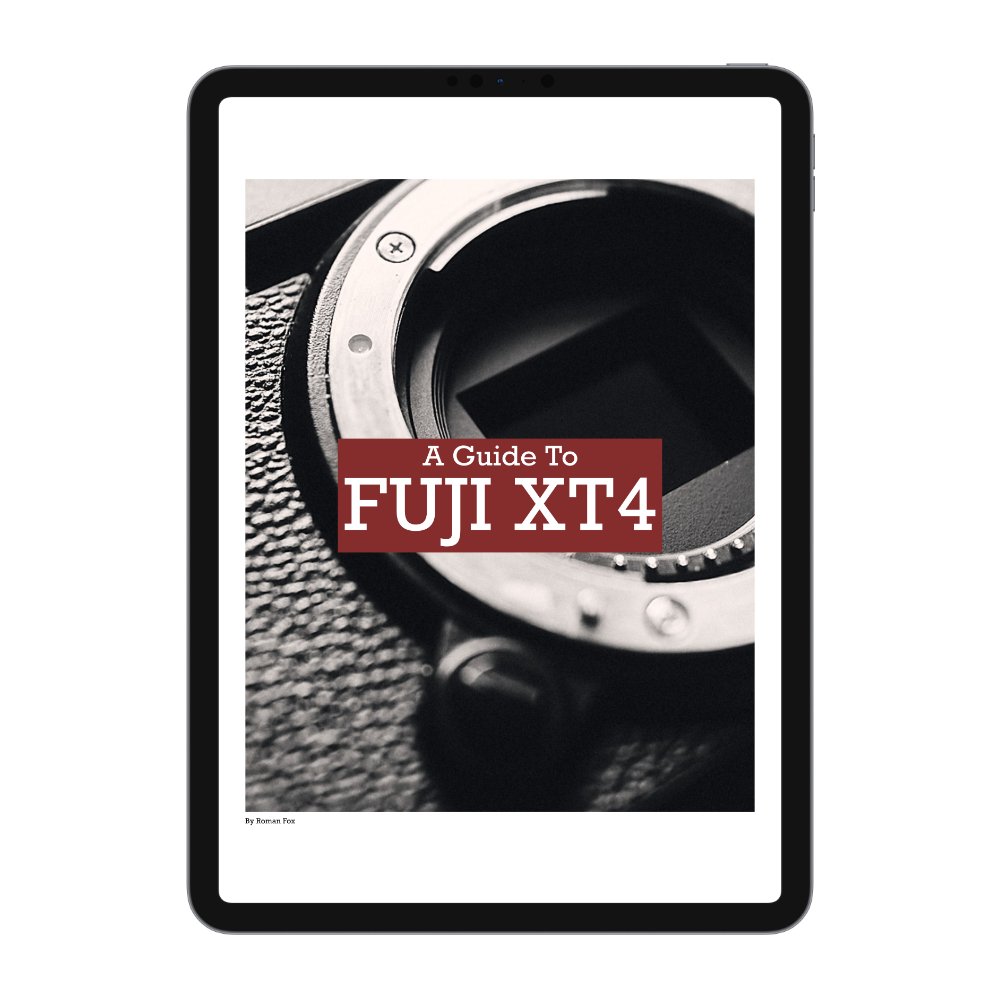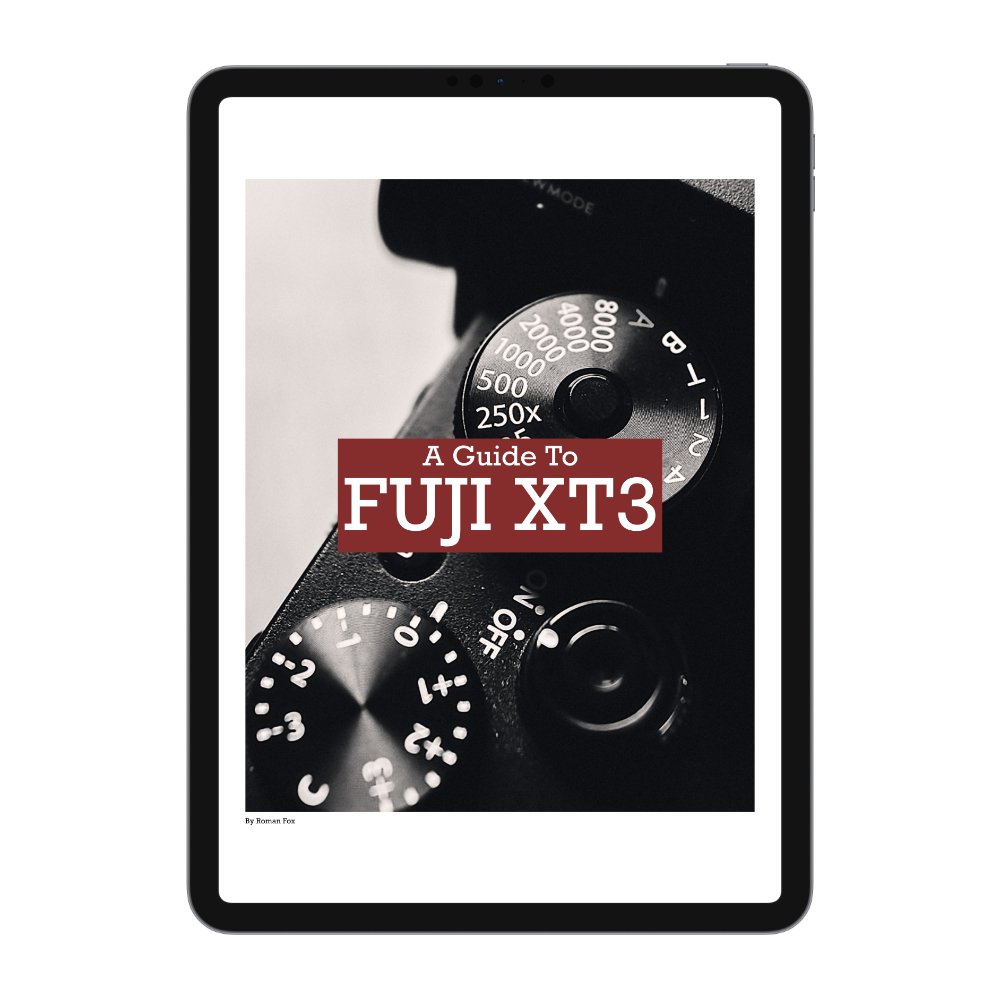5 Things I Will Never Photograph
I enjoy photographing a variety of subjects, scenes, and environments, but there are five specific things I will never capture. I’ve seen others photograph these, and I’ve even attempted to photograph a couple of them myself. However, I immediately felt uneasy, uncomfortable, or as though I had crossed a line—and not in the way that encourages self-development, but in a way that felt genuinely wrong. It’s important to note that this is purely personal preference, and many photographers focus on some of these subjects almost exclusively. I’m not here to preach what’s right or wrong—that’s none of my business. I’m simply sharing why I choose not to photograph certain things.
Homeless & Vulnerable People
Photographing homeless people or those in need is a huge no for me. The main reason is that I wouldn’t want my actions to make someone feel targeted or victimised. If I point my camera at a homeless or vulnerable person, they might think I’m mocking them, laughing at them, or, worse still, using them for a TikTok prank. These individuals already deal with enough abuse, humiliation, and degradation. Me pointing a camera in their face isn’t going to improve their day. The only way I could justify photographing this part of society is if my work were to give something back or raise awareness about an issue. Even then, I believe the only legitimate way to approach this is if you truly understand their world and are doing it for their benefit, not for your own. I’d extend this to anyone with a disability or to anyone who might interpret me taking their photo as a form of bullying—someone who might think, “You only took my photo because I have or don’t have X.”
People Who Clearly Don’t Want to Be Photographed
Some people simply don’t want to be photographed. Maybe they’re having a bad day, have had a negative experience with a photographer before, or just don’t want a stranger taking their picture. It could even be someone working at a market stall, selling old electronics, whom every Instagram street photographer is eager to snap. You can usually tell by body language, facial expressions, or the general vibe whether someone is uncomfortable with you and your camera. Other times, it’s more explicit, like in Marrakesh, where “no photo” signs are posted on various shops. Occasionally, someone will even tell you directly: no photos. It’s not my place to question or rationalise why they don’t want their photo taken. I respect their decision and move on. I’m also aware that, in some parts of the world, it’s perfectly legal to photograph strangers in public. However, just because it’s legal doesn’t mean it’s moral.
Anything That Makes Someone Look Bad
Many of my photos feature people. In most cases, their identities are hidden, but sometimes their faces are clearly visible. Aside from aiming to get a good shot, my main goal is to ensure that the person in the image looks good. If I were to show the photo to them, I wouldn’t want them to react negatively because they had half a sandwich sticking out of their mouth or an awkward facial expression. This extends to anything that might embarrass or compromise them, such as a skirt blowing up in the wind or someone picking their nose.
Flashing People in the Face
This one has always irritated me. In my opinion, it gives street photography a bad reputation among the general public. I’m talking about the Bruce Gilden style of photography, where people are randomly flashed in the face, or where photographers behave in an aggressive or predatory manner. I once saw someone doing this in London’s Chinatown, and you could clearly see how uncomfortable the “victims” felt after having a flash fired 20 centimetres from their faces. Even without the flash, this style of photography makes people visibly uncomfortable. When I was in Japan, I noticed a lot of Western photographers doing this around Shibuya and Shinjuku, and their subjects were almost always women or smaller men who seemed unlikely to confront them. This approach to photography doesn’t sit well with me at all.
Protests & Politics
Finally, I avoid photographing protests or anything related to politics or current events. Protests can get quite ugly, as we’ve seen recently, and the last place I want to be is stuck between an angry crowd and riot police. I also don’t want to risk getting crushed, having something thrown at me, being arrested, or getting injured. For me, photography is an art form, a hobby, and a way to document my life and travels. Photographing political events doesn’t align with that. For some people, photography is a tool for social justice, change and raising awareness about global issues, and I fully respect that. But it’s not for me.

